While humans typically need around eight hours of sleep per day, the animal kingdom boasts remarkable creatures that can enter extended periods of dormancy lasting weeks, months, or even years. These extraordinary sleep states—including hibernation, brumation, estivation, and diapause—allow animals to survive harsh environmental conditions like extreme cold, food scarcity, or drought. From bears snoozing through winter to lungfish encasing themselves in mucus cocoons during dry seasons, these evolutionary adaptations showcase nature’s ingenious survival strategies. Let’s explore fourteen remarkable creatures that have mastered the art of extended sleep and discover the fascinating science behind their impressive slumber capabilities.
13. Brown Bears The Classic Hibernators

Brown bears represent the poster child for hibernation, entering a remarkable state of dormancy for 5-7 months during winter. During this period, their heart rate drops dramatically from a normal 40-70 beats per minute to just 8-12 beats per minute. Their body temperature decreases by several degrees, though not as drastically as in “true hibernators.” This metabolic slowdown allows bears to survive without eating, drinking, urinating, or defecating for months. They subsist entirely on fat stores built up during summer and fall, when they may consume up to 20,000 calories daily. Impressively, female bears can even give birth and nurse cubs during hibernation, briefly rousing to care for their young. The bears emerge in spring having lost 15-30% of their body weight but with their muscle mass and bone density largely preserved—a physiological feat that continues to intrigue medical researchers studying muscle atrophy and osteoporosis.
12. Arctic Ground Squirrels The Temperature Champions
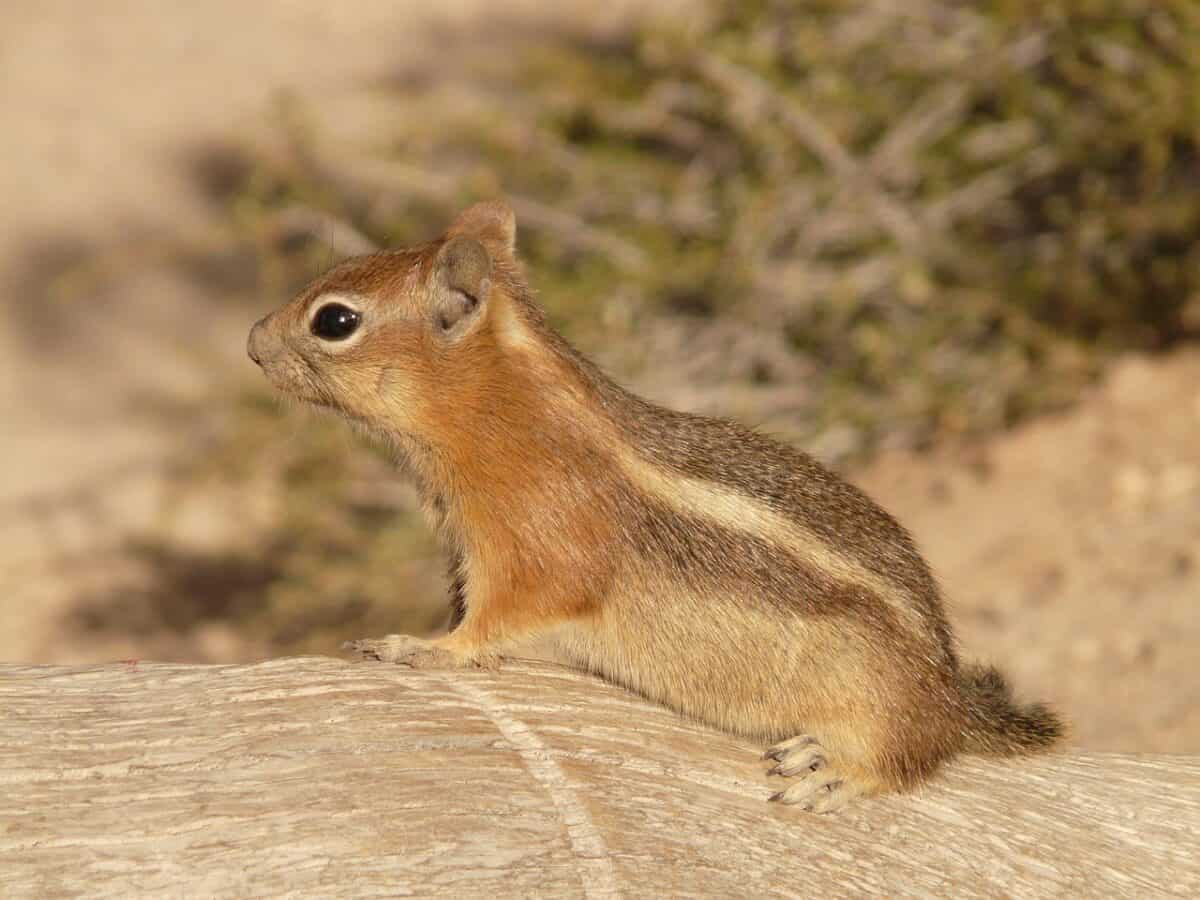
Arctic ground squirrels hold the remarkable distinction of being the only known warm-blooded animal that can drop its body temperature below freezing during hibernation. These small rodents enter a torpid state where their body temperature plummets from around 99°F (37°C) to as low as 27°F (-3°C)—lower than the freezing point of water. To prevent their blood from freezing, they produce cryoprotectant chemicals similar to antifreeze. During their 7-8 month hibernation period, they enter cycles of torpor lasting 1-3 weeks, briefly warming to normal temperatures for about 12-24 hours between cycles. Their heart rate slows from 200-300 beats per minute to just 3-10 beats per minute, and they take only a few breaths per minute. This extreme hibernation allows them to conserve energy and survive the harsh Arctic winter, where food is scarce and temperatures are brutally cold. Scientists study these remarkable creatures to understand how mammalian tissues can survive such extreme conditions without damage.
11. Fat-Tailed Dwarf Lemurs The Primate Hibernators
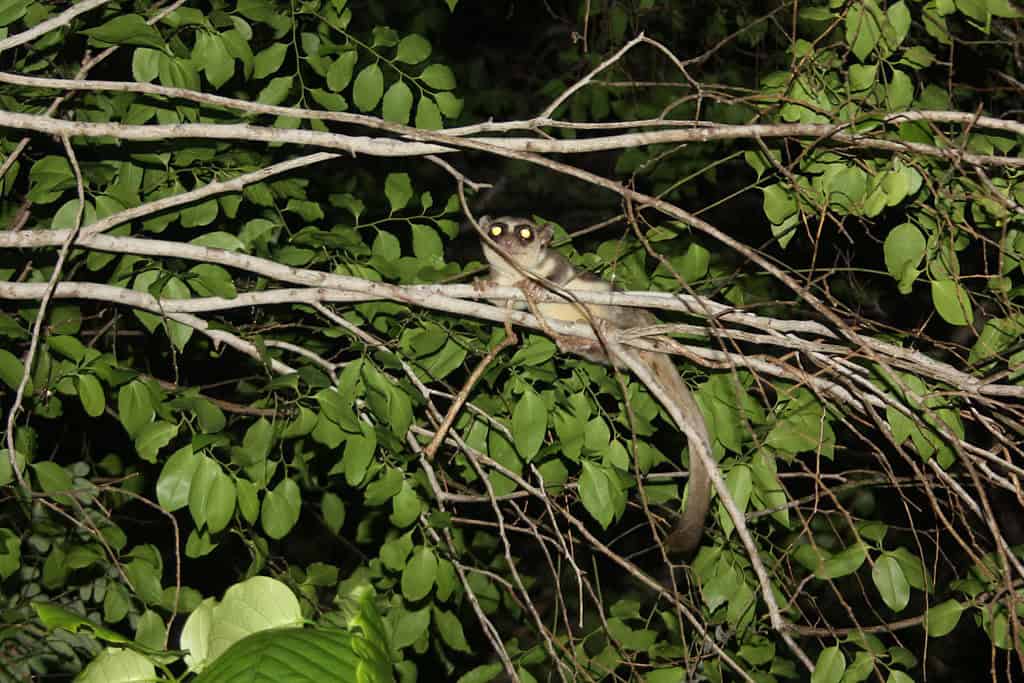
Fat-tailed dwarf lemurs hold the distinction of being the only primates known to hibernate for extended periods. Native to Madagascar, these small lemurs enter a state of torpor during the dry season, which can last 7 months. They store fat in their tails—which can nearly double in size before hibernation—providing energy reserves during their long sleep. Unlike many hibernators from temperate regions, these tropical primates hibernate not to escape cold but to survive seasonal food and water scarcity. During hibernation, their metabolic rate drops by up to 90%, their heart rate slows dramatically, and they experience periods of irregular breathing. Intriguingly, these lemurs can hibernate in ambient temperatures as high as 86°F (30°C), making them unique among hibernating mammals, which typically require cold conditions to trigger torpor. Researchers study these primates for insights into human sleep disorders and potential applications in long-duration space travel, as they represent our closest evolutionary relatives that can enter prolonged states of dormancy.
10. Wood Frogs The Freeze-Tolerant Sleepers

Wood frogs employ one of the most extreme hibernation strategies in the animal kingdom—they literally freeze solid for months at a time. Found in regions stretching from Alaska to the southern Appalachians, these remarkable amphibians can survive with up to 65% of their body water converted to ice. As winter approaches, they burrow under leaves on the forest floor where they’ll freeze and thaw multiple times throughout winter. Their survival depends on producing high concentrations of glucose and urea, which act as natural antifreeze in their cells and vital organs. During freezing, their heart stops beating, they cease breathing, and all measurable metabolic activity halts—essentially, they’re in a state of suspended animation. When spring arrives and temperatures rise, they thaw from the inside out, with their heart resuming beating before the rest of the body has fully thawed. Within hours of thawing, male wood frogs begin their mating calls, making them among the earliest amphibians to breed in spring. Researchers study these frogs to understand mechanisms that might help preserve human organs for transplantation.
9. African Lungfish The Mud Sleepers

African lungfish demonstrate an extraordinary adaptation called estivation, allowing them to survive drought conditions for up to four years. When their aquatic habitats begin drying up, these remarkable fish burrow into the mud and secrete a mucus cocoon around themselves, leaving only a small opening for air. Their metabolism slows dramatically to about 1/60th of normal rates, and they can absorb oxygen directly through their skin. During this dormant period, they live off their own muscle tissue, converting it to energy while preserving vital organs. Their bodies produce urea instead of ammonia as a metabolic waste product, as urea is less toxic and can be stored safely in their tissues. When the rains eventually return and their habitat floods again, lungfish emerge from their cocoons, having lost significant weight but otherwise unharmed. This extreme adaptation has helped lungfish survive as a lineage for over 400 million years, making them important evolutionary links between fish and tetrapods. Scientists study lungfish estivation for insights into organ preservation and metabolic regulation that might have medical applications.
8. Desert Snails The Patient Sleepers

Desert snails showcase perhaps the most impressive dormancy abilities in the animal kingdom, capable of estivating for astonishing periods measured not in months but in years. The most extreme documented case involved an Egyptian desert snail that was glued to a museum specimen card in 1846 and remarkably came back to life after four years—in a museum display case! To survive the harsh, dry conditions of their desert habitats, these mollusks retreat into their shells and seal the opening with a hardened layer of mucus called an epiphragm. This protective barrier prevents water loss while allowing gas exchange. Their metabolic rate drops to nearly imperceptible levels, with heart rates slowing to just a few beats per hour. During estivation, they subsist on stored fat reserves and can lose up to 40% of their body weight. What makes desert snails’ dormancy particularly remarkable is their ability to repair DNA damage that accumulates during their long sleep, preventing cellular deterioration. When moisture returns, whether through morning dew or seasonal rains, the snails rehydrate, break their epiphragm seal, and resume activity within hours, demonstrating nature’s extraordinary resilience in the face of extreme conditions.
7. Garter Snakes The Communal Hibernators

Garter snakes exhibit a fascinating form of brumation (reptilian hibernation) that’s notable not just for its duration but for its social nature. During winter months, thousands of these serpents gather in communal dens called hibernacula, creating writhing masses that can contain up to 8,000 individuals. This behavior helps regulate temperature and conserve moisture as they enter a dormant state lasting 4-5 months. Unlike mammals in true hibernation, brumating garter snakes maintain higher awareness during their dormancy and may occasionally emerge on warmer winter days to bask in the sun before returning to their dens. Their metabolism slows significantly, reducing heart rate from around 40 beats per minute to just 5-10 beats per minute. During brumation, they survive on stored fat reserves, losing 10-30% of their body weight. When spring arrives, these dens transform into massive mating grounds, with male snakes awakening before females, resulting in spectacular “mating balls” where dozens of males simultaneously compete for a single female. This synchronized emergence and mating strategy ensures successful reproduction after their long winter dormancy, showing how sleeping patterns can be intricately linked to reproductive strategies in the animal kingdom.
6. Edible Dormice The Record-Setting Rodents

Edible dormice (Glis glis) are remarkable hibernators that hold the record for the longest hibernation period among mammals, capable of sleeping for up to 11 months in a single year. These European rodents enter an extremely deep torpor where their heart rate drops from 300-400 beats per minute to just 3-10 beats per minute, and they take only a few breaths per hour. Their body temperature plummets to near-ambient levels, sometimes as low as 35.6°F (2°C). What makes dormice particularly interesting is that their hibernation duration varies based on food availability rather than just temperature—in years when beech and oak trees produce fewer seeds (their primary food source), dormice may hibernate longer, essentially “skipping” a year of poor resources. This strategy conserves energy during food scarcity and synchronizes their reproductive cycles with years of abundant food. Before hibernation, dormice can double their body weight, increasing from about 120 grams to over 250 grams. Romans considered these hibernating rodents a delicacy (hence the “edible” in their name) and would fatten them in special containers called gliraria before consumption. Today, these exceptional sleepers provide scientists with insights into aging, as hibernating dormice show remarkably slowed cellular senescence during torpor.
5. Bumblebees The Insect Dormancy Specialists

Bumblebee colonies follow a fascinating annual cycle where only young, fertilized queen bees survive winter through a state of dormancy called diapause. After mating in late summer or fall, new queens build up fat reserves, increasing their body weight by 25-30%. They then seek out protected spots—often small burrows in north-facing slopes or under leaf litter—where they enter a suspended state lasting 6-9 months. During diapause, their metabolism slows dramatically, their wings stop functioning, and they produce specialized “antifreeze” proteins that protect their tissues from freezing damage. Their heart rate drops from about 70 beats per minute to below 10 beats per minute. Unlike honeybee queens that remain active in winter hives, bumblebee queens truly hibernate alone, surviving on internal fat stores. When spring arrives, these queens emerge, establish new colonies, and begin laying eggs to rebuild the population. Remarkably, while in diapause, queens can withstand temperatures as low as 19°F (-7°C) without freezing, thanks to their glycerol-rich hemolymph. This annual cycle of dormancy is crucial to bumblebee survival in temperate climates and explains why conservationists emphasize the importance of leaving some garden areas undisturbed during winter, as these may harbor hibernating queens essential for pollination in the coming year.
4. Common Poorwills The Hibernating Birds
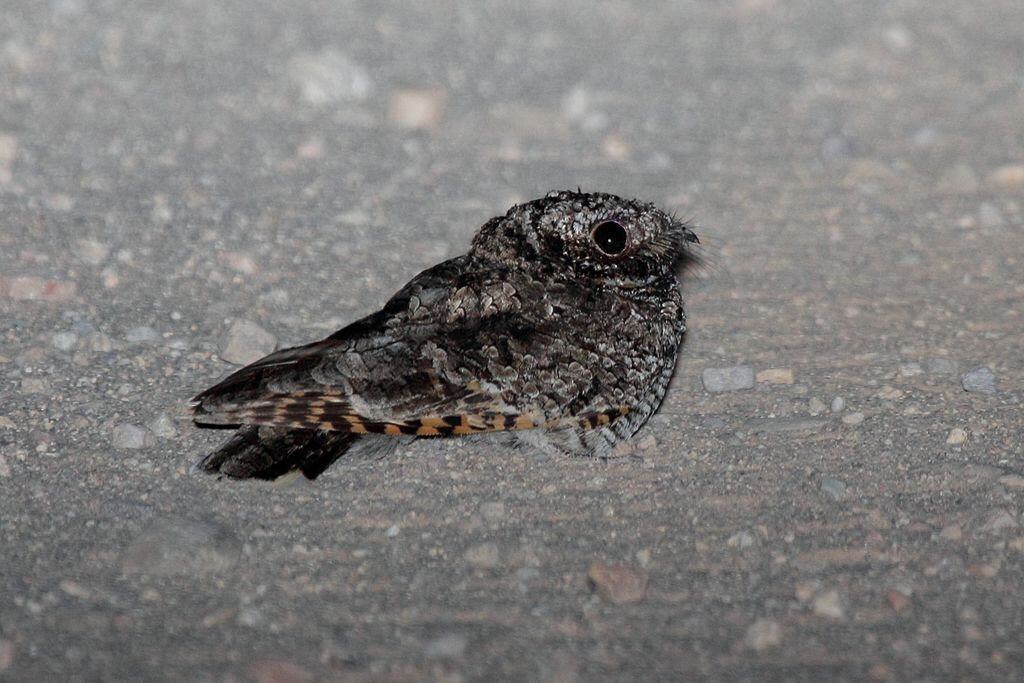
Common poorwills hold a truly exceptional status as the only known bird species capable of hibernation. These nocturnal members of the nightjar family, native to western North America, can enter torpor for weeks or months during winter when insect prey becomes scarce. Their body temperature drops from about 104°F (40°C) to as low as 64°F (18°C), their heart rate decreases from 500 beats per minute to just 50 beats per minute, and their breathing slows to the point of being nearly undetectable. During hibernation, they can reduce their metabolic rate to about 3% of normal, allowing them to survive on stored fat for extended periods. Native American tribes were aware of this unusual behavior long before Western science, with the Hopi naming them “hölchko”—”the sleeping one.” Poorwills typically hibernate in rock crevices or against south-facing cliffs where they can absorb some solar radiation. Unlike most birds that migrate to avoid harsh conditions, poorwills simply enter this energy-conserving dormant state and wait for warmer temperatures to return. This remarkable adaptation makes them unique among over 10,000 bird species worldwide and continues to intrigue ornithologists studying the evolution of torpor in warm-blooded animals.
3. Desert Tortoises The Patient Brumators
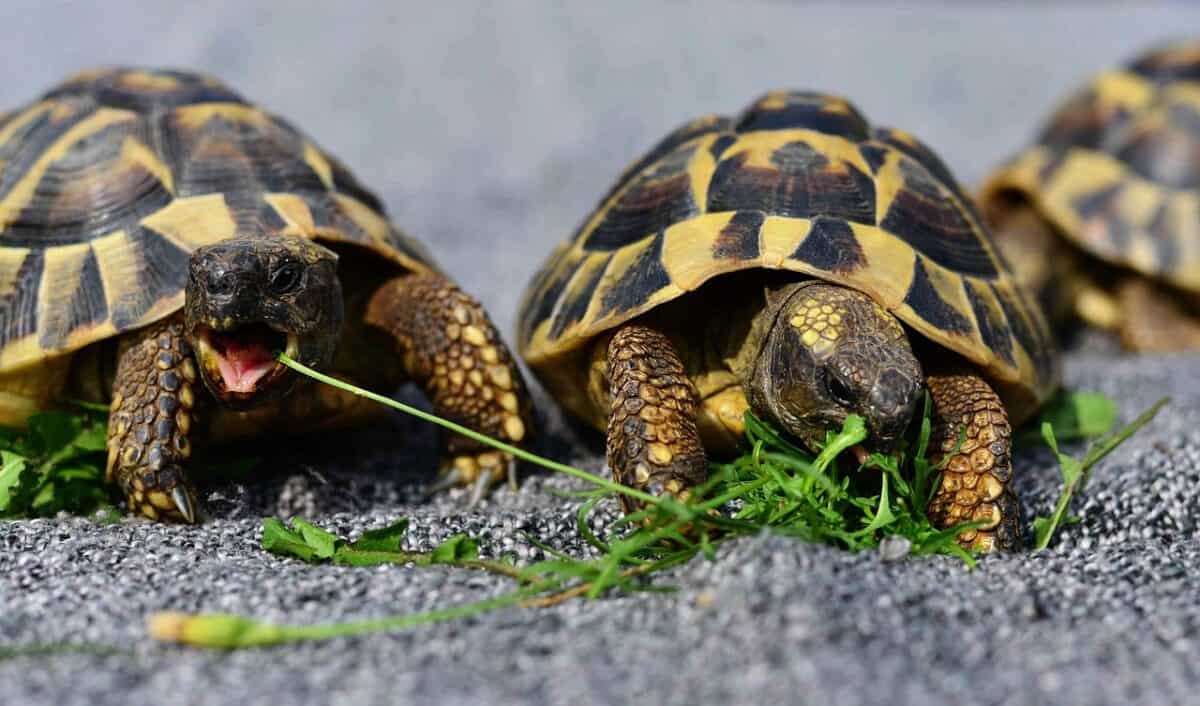
Desert tortoises have perfected the art of long-term dormancy, spending up to 95% of their lives in burrows to escape extreme desert conditions. These remarkable reptiles practice both hibernation during cold winter months and estivation during the hottest part of summer, potentially remaining inactive for 9-10 months of the year. During their winter brumation, which typically lasts 4-6 months, their heart rate drops from about 20 beats per minute to just 1-2 beats per minute, and they may not take a breath for hours at a time. Their body temperature closely tracks ambient burrow temperature, which remains more stable than surface conditions. Desert tortoises prepare for dormancy by emptying their bladders, which serve as important water reservoirs—they can store over 40% of their body weight as urine, providing hydration during drought periods. Before entering dormancy, they dig specialized burrows up to 30 feet long and 9 feet deep that maintain relatively stable temperatures despite extreme surface fluctuations. These tortoises can live over 50 years in the wild, with much of that time spent in a state of dormancy—a testament to how energy conservation through seasonal inactivity can contribute to longevity in harsh environments. Their ability to endure months without food or water while maintaining tissue integrity makes them valuable subjects for research into metabolism and water conservation strategies.
2. Dwarf Crocodiles The Surprising Sleepers
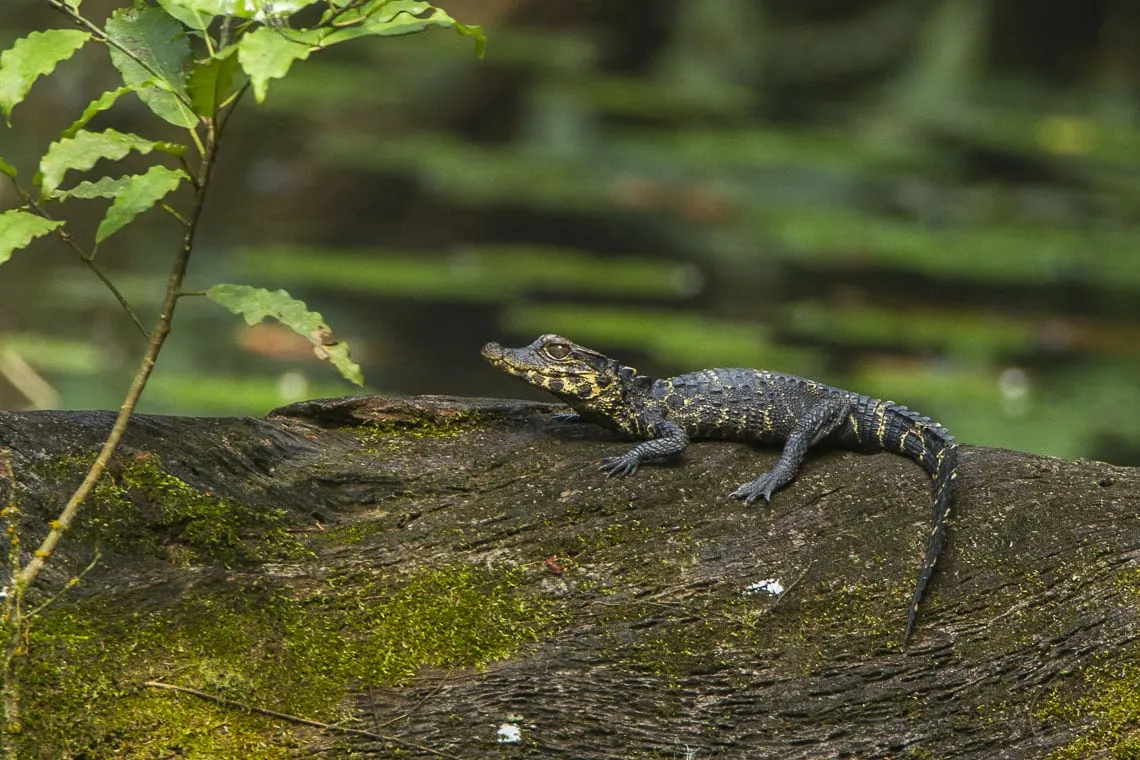
Dwarf crocodiles demonstrate a rarely observed phenomenon in reptiles—true extended dormancy during harsh conditions. Native to West and Central African rainforests, these smallest members of the crocodilian family have adapted to survive seasonal droughts through a form of estivation. When their aquatic habitats begin drying up, dwarf crocodiles excavate burrows into riverbanks that can extend up to 12 feet deep, creating chambers where humidity remains high. They enter these burrows and can remain dormant for 3-5 months until water returns. During this period, their metabolism slows drastically, heart rate decreases from about 25-30 beats per minute to just 2-3 beats per minute, and they survive entirely on stored fat reserves. Unlike many reptiles that need to bask in the sun to regulate body temperature, dwarf crocodiles in estivation maintain a relatively constant temperature in their underground chambers. They lose approximately 20% of their body weight during extended dormancy but emerge relatively quickly when rains return. This adaptation has helped them survive in environments with extreme fluctuations in water availability. Researchers note this behavior represents an interesting evolutionary adaptation in crocodilians, as few other members of this ancient reptile group exhibit such extended dormancy patterns.
1. Tailed Frogs The Stream Survivors
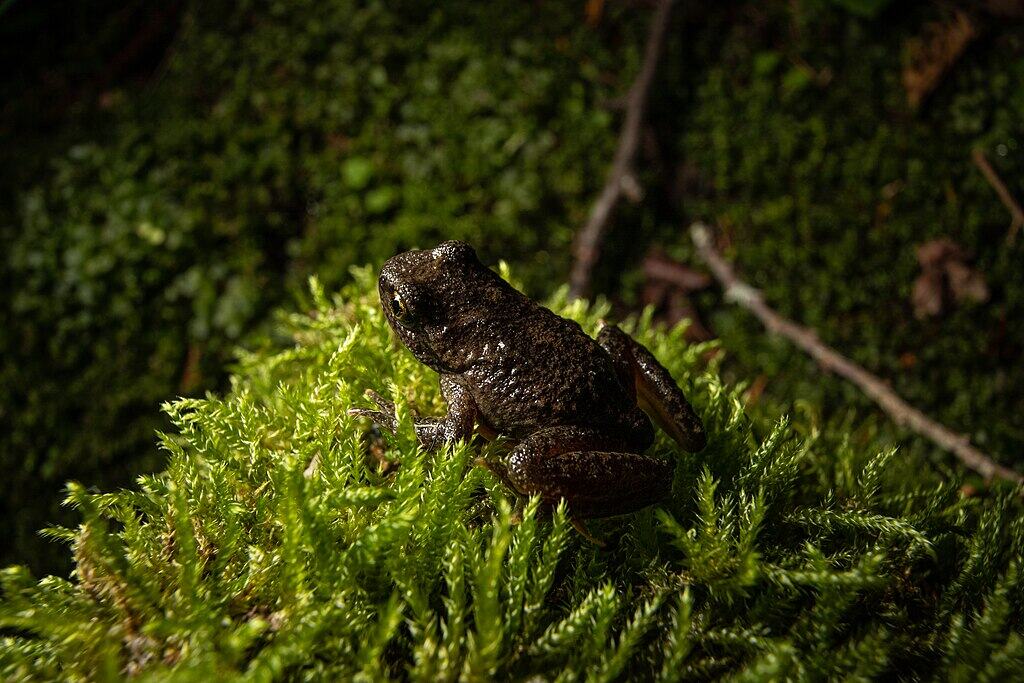
Tailed frogs, native to cold mountain streams of the Pacific Northwest, demonstrate an unusual hibernation strategy essential for surviving in their unique aquatic habitat. When winter approaches and water temperatures drop below 39°F (4°C), these primitive amphibians burrow into the gravel stream bottom or retreat into rock crevices where they enter a torpid state lasting 4-6 months. Unlike many hibernating animals that build up significant fat reserves, tailed frogs have relatively lean bodies adapted for their swift-water environment. During hibernation, their metabolism slows to approximately 5% of normal rates, heart rate drops from 100 beats per minute to fewer than 10, and oxygen consumption decreases dramatically. What makes their dormancy particularly remarkable is that it occurs underwater in oxygen-rich streams, allowing them to absorb sufficient oxygen through their skin despite their reduced respiratory rate. Tailed frogs represent one of the oldest frog lineages, having remained relatively unchanged for 150 million years, and their hibernation strategy likely represents an ancient adaptation. The males’ namesake “tail” (actually an extension of the cloaca used in reproduction) is retained during hibernation, though reproductive activities cease entirely during dormancy.
Conclusion

The natural world is full of awe-inspiring strategies for survival, and the ability to enter extended periods of dormancy is one of the most fascinating. Whether it’s a bear hibernating through snowy winters, a frog freezing solid in a forest, or a lungfish waiting out drought in a self-made cocoon, these creatures demonstrate extraordinary adaptations that challenge our understanding of life and biology. Their long sleeps are not mere rest but finely tuned responses to environmental pressures—each honed by evolution over millennia. As scientists continue to study these incredible species, they offer not only insight into the resilience of life on Earth but also potential breakthroughs in medicine, space travel, and beyond. Nature’s sleep champions remind us that sometimes, survival means knowing when to slow down.
- 10 Dog Breed Restrictions That Stir Controversy in U.S. States - August 9, 2025
- 13 Animals That Outsmart Their Predators - August 9, 2025
- Why Some Frogs Glow in the Dark and What It Means - August 9, 2025

